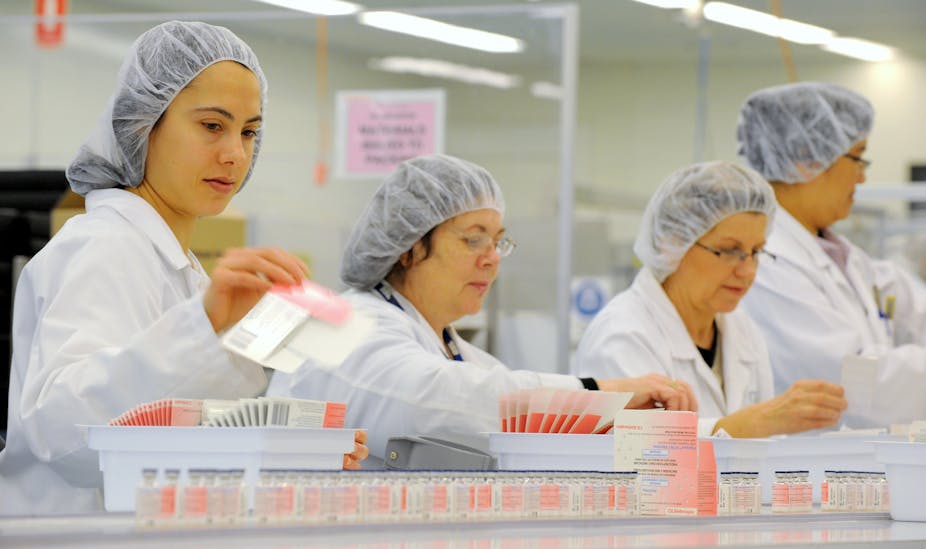The US Food and Drug Administration (FDA), has just issued a warning letter about the safety of CSL’s influenza vaccine, Fluvax. The letter follows FDA’s latest annual inspection of CSL laboratories and lays out five"objectionable conditions" in which the company has failed to comply with good manufacturing practice.
There was a major safety issue with CSL’s influenza vaccine, Fluvax, last year when it was found to cause unacceptably high rates of fever and febrile fits in young children.
One child in Western Australia may have suffered permanent brain damage. A Brisbane Coroner concluded that a link between the vaccination and death of a two-year old could neither be ruled in or ruled out. Fluvax caused fits in one in every 230 children vaccinated.
Then-chief medical officer, Professor Jim Bishop, made a decision to suspend all seasonal flu vaccines for children under five years old. Health departments across the states have noted that Fluvax was associated with 410 adverse reactions, including 67 cases of fits – all in children under the age of five.
The root cause of these reactions remains uncertain despite several investigations last year.
The FDA’s concerns relate both to the manufacturing process and how well CSL investigated the cause of Fluvax’s side effects. The Australian FDA equivalent, the Therapeutic Drugs Administration (TGA) said it had also sent letters to the company pointing out problems with CSL’s facilities uncovered by several audits.
CSL has responded to the FDA’s letter with a statement on its website, saying it has submitted a written response to the FDA to address the observations. The company says its response includes details of corrective steps it has already undertaken as well as further actions under way.
In its defence, CSL has worked openly with the TGA, Australian academics and colleagues at the US Center for Disease Control to determine the reason for increased fever and fits in children.
Concerns centre over whether laboratory procedures ensure the flu virus has been adequately split or if a sub-component of the virus may be present in excess quantities.
The scientific evidence is not conclusive and lends some support to both ideas. If a flu vaccine is made out of whole viruses, it is likely to be both more reactogenic (likely to trigger side effects) and more immunogenic (conferring increased protection).
Good manufacturing processes are critical to product safety and it’s noteworthy that CSL’s safety record over decades had been good under both government and, later, private control.
Yet, the FDA and the TGA clearly require improvements. CSL is taking the matter very seriously and promising a rapid response.
The company has 15 days to provide a full formal response to the concerns raised in the FDA’s letter.
Although still licensed for children, the CSL influenza vaccine is not recommended for children under 5 at all and only recommended for children aged 5 to 9 if there is no alternative flu vaccine.
In the United States, the same vaccine, marketed as Afluria, is not recommended for children aged 9 or less.
Like Qantas, another highly respected Australian icon with a longstanding safety record, CSL needs to take stock, consult and invest in more checks and balances to optimise the safety of its vaccines for children here and abroad.

